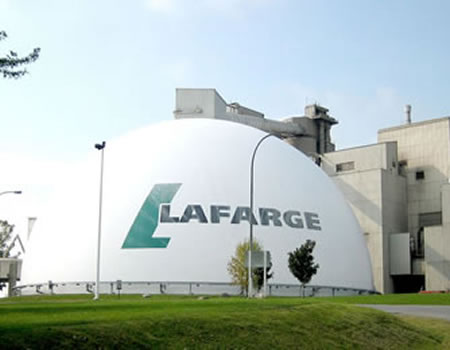According to the Chief Executive Officer of Lafarge Africa Plc, Michel Puchercos, the strong margins in the Nigerian business, was due to cost initiatives and more favourable pricing.
Mr Puchercos, in a statement, disclosed that Lafarge Africa Plc’s industrial operations in 2017 were stable with plants operating at high-reliability levels.
He also noted that the energy optimisation plan for the company has been successful with the increased use of Alternative Fuel and Coal to offset gas shortages in operations in the West, while plant operations in the eastern and northern part of the country relied mainly on gas and coal.
He added that these logistic, commercial and operational initiatives helped to sustain market share in the year under review.
Puchercos, however, noted that the South African business thrived in a challenging business environment as operations were set to stabilise in the year 2018 as the Lichtenburg plant returned to normal operations in the course of the year; thus a turnaround plan was initiated in order to transform the company’s operations.
ALSO READ: Lafarge Africa Plc projects returns to profitability with right issue
A detailed review of key projects in Nigeria such as the Road in Calabar and of mothballed assets in South Africa led to an impairment of N19.1 billion. The combination of these impairments and the net loss in South Africa of N18.7 billion led to a Group Net loss of N34,6 billion compared to a profit of N16,8 billion in 2016.
However, the company believed the expected recovery in the macroeconomic environment in Nigeria would likely have a positive impact in the overall cement market in Nigeria, noting that the PB business turnaround actions would be consolidated further in 2018 through energy optimisation, as well as commercial and logistic improvement.
“In 2018 we shall implement a continuous improvement programme that will see us building on EBITDA margins above the 35 per cent benchmark,” Michel Puchercos said.
“The overall goal is to create value for shareholders through an attractive growth profile and good margins.
“In 2017, our objective was to optimise our ownership and financing structure. The simplification of our ownership structure was achieved through the delisting of AshakaCem and subsequently a scheme of the re-organisation of capital which enabled minority shareholders to exchange their shares for Lafarge Africa shares. This was successfully closed in Q4 2017,” Lafarge CEO said.
Sent from my BlackBerry 10 smartphone.






